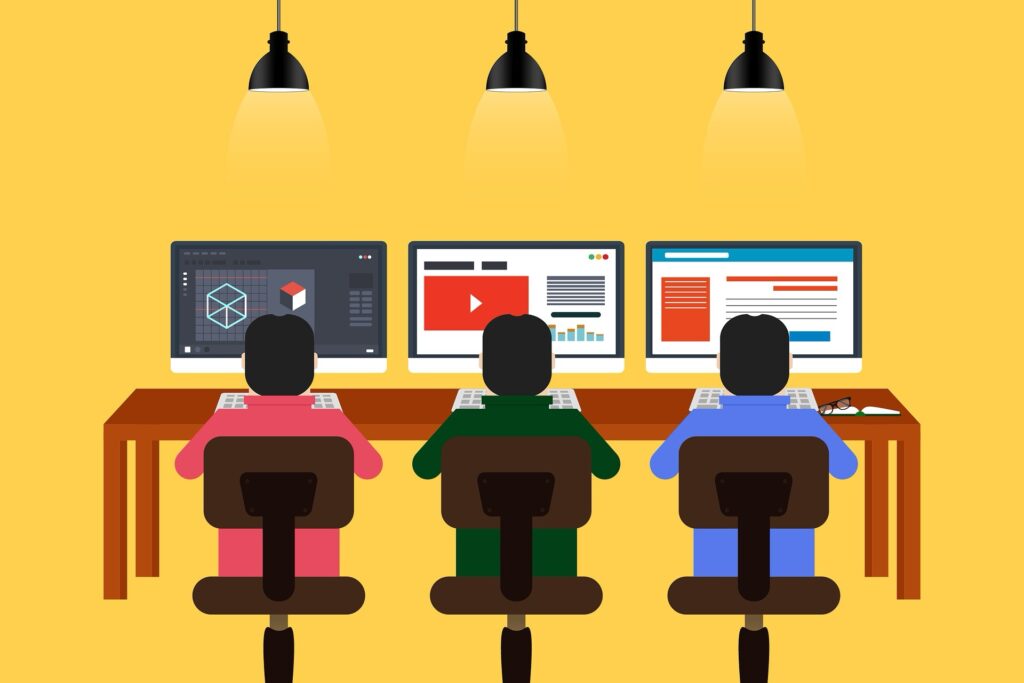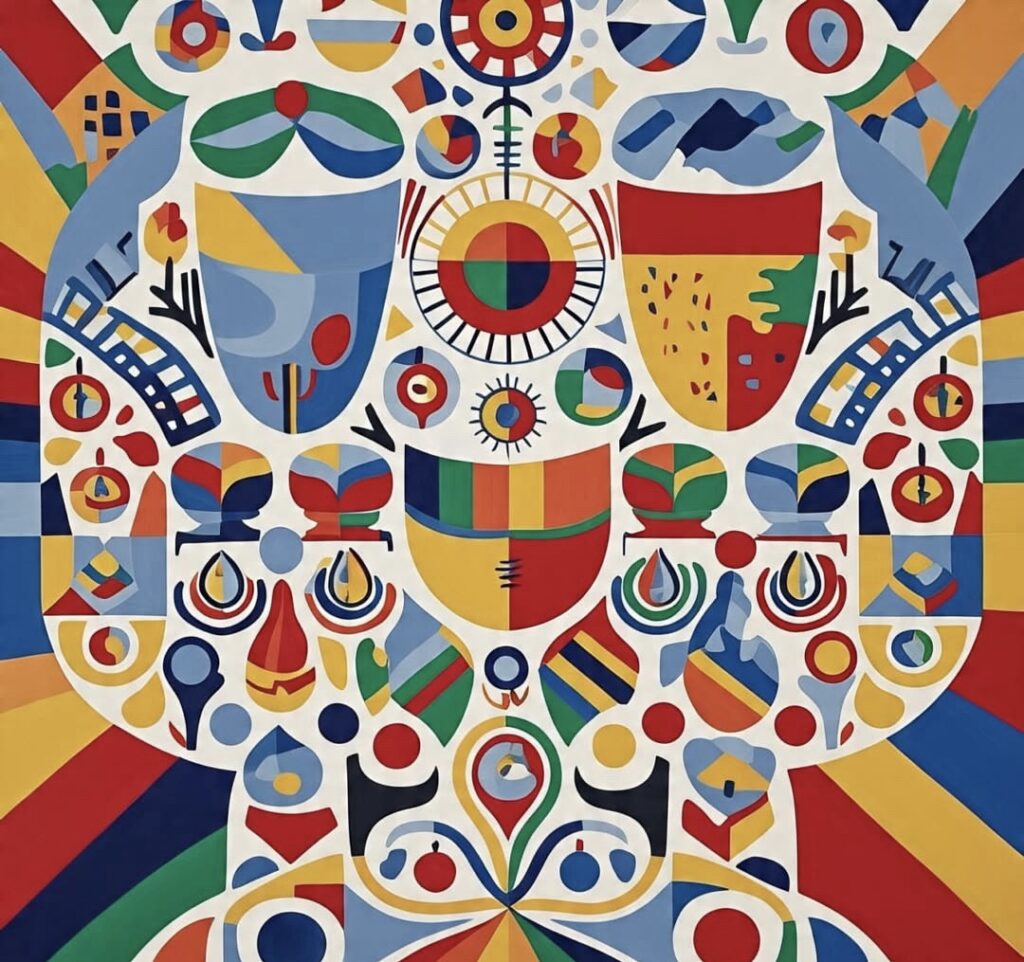
Introduction
Graphic design the art and science of visual communication is far from the static discipline. It is a dynamic field of that constantly evolves and mirroring shifts in technology and culture also societal needs. From the hand drawn posters of an early 20th century to the interactive digital experiences of today.The journey of graphic design is a fascinating and narrative of innovation also adaptation. This article will be explore key developments that have to shaped the landscape of graphic design in highlighting the pivotal moments and ongoing transformations that will continue to define this vibrant profession.
The Dawn of Visual Communication: From Print to Pixels
The earliest forms of the graphic design were deeply the intertwined with the advent of printing. The invention of the printing press is revolutionized the dissemination of information is to giving rise to posters and newspapers also the books that relied a heavily on the typography and basic illustrations. The Pioneers like William Morris and the Bauhaus movement are championed principles of the functionality and the aesthetics laying the groundwork for a modern design thinking. The 20th century witnessed the rise of an advertising and the corporate identity and establishing graphic design as a crucial element in shaping public perception also brand recognition. The transition from analog to digital marked a monumental shift and opening up unprecedented possibilities for visual expression and interaction.
The Typographic Revolution: Finding the Right Voice
Typography the art of arranging the type to make written language legible and readable also appealing when displayed that has undergone a dramatic evolution. In early designs were often ornate and decorative. The modernist movement emphasized clarity and functionality that leading to the development of sans serif fonts that are ubiquitous today. The digital age has been ushered in an explosion of typefaces and offering designers an immense palette to convey the different moods and the messages. Responsive typography that which adapts to different screen sizes and resolutions, has become essential in the digital landscape ensuring optimal readability across all devices.
The Palette Expands: The Evolution of Color in Design

Color plays a vital role in evoking emotions that conveying meaning and creating visual impact. In early the printing techniques were limited in their color capabilities. The development of lithography and advancements in the printing technology as gradually expanded to the designer palette. The digital realm introduced the RGB and hexadecimal color systems are offering a vast spectrum of hues and the ability to manipulate color with precision. Trends in color usage have also evolved the reflecting cultural shifts and also aesthetic preferences. From the bold and vibrant palettes of the psychedelic era to the minimalist and muted tones favored in contemporary design.
The Rise of Digital Tools: Empowering Creativity
The advent of the computers and the specialized software has to be fundamentally transformed the graphic design workflow. Gone are the days of a manual typesetting and the painstaking of illustration. Software like an Adobe Photoshop and the Illustrator has empowered the designers with powerful tools for image manipulation and vector graphics creation also layout design. These are the digital tools that have not only in streamlined the design process but have also been opened up new avenues for creative exploration and experimentation. Enabling the creation of complex visuals with greater efficiency and the precision.
Motion and Interactivity: Designing for Engagement
Traditional graphic design was the largely confined to static mediums. The digital revolution has the paved of way for a dynamic and the interactive design experiences. Motion graphics and animation also interactive elements have become an integral to web design the user interfaces and digital advertising. These developments allow designers to create engaging narratives and guide user interactions also enhance the overall user experience. The ability to incorporate the movement and the interactivity has added a new dimension of visual communication.
User-Centered Design: Focusing on the Human Element
A significant development in graphic design has been the growing emphasis on user centered design. This is approach prioritizes the needs and goals of limitations of the end user throughout the design process. By understanding the target of audience and their context and designers can be create more than effective and intuitive visual solutions. Principles of usability and accessibility also information architecture have become central to web and interface design and ensuring that digital products are not only aesthetically pleasing but also functional and user friendly for everyone.
The Democratization of Design: Tools for Everyone
The proliferation of user friendly design of tools and platforms has led to a degree of democratization in the field. While professional designers are still play a crucial role and individualsalso small businesses now have access to the tools that allow them to create a marketing materials and social media graphics also even basic websites. Platforms like Canva and Wix have lowered the barrier to the entry that empowering a wider audience to engage in visual communication. This trend has both broadened the application of a design principles and the presented new challenges for professional designers to differentiate their functional expertise.
The Future of Graphic Design: Immersive and Adaptive Experiences
The evolution of graphic design shows no the signs of slowing down. Emerging the technologies like an augmented reality and virtual reality also an artificial intelligence are poised to further transform to the field. Designers will be increasingly do the tasked with creating immersive and the adaptive visual experiences that seamlessly be blend the physical and the digital worlds. AI powered tools may assist with repetitive tasks such as freeing up designers to focus on more strategic and also creative endeavors. The future of graphic design promises to be one of the continuous innovation and adaptation and pushing the boundaries of visual communication in exciting new directions.
Read also: The Ever Expanding Web: Simplifying the Internet of Things (IoT)
Conclusion
The development of a graphic design is a testament to the human ingenuity and the ever present need to be communicatevisually. From the early days of the print to the dynamic digital landscape of today and the field has consistently adapted to the technological advancements and in evolving societal needs for them. The focus has been shifted from the purely aesthetic considerations to encompass functionality and user experience also accessibility. As technology can continues to advance at an unprecedented pace and the role of the graphic designer will be undoubtedly continue to evolve and embracing new tools and platforms to shape the way we perceive the interaction with world around us. The journey of graphic design is a continuous one that driven by creativity and innovation and also a fundamental desire to connect through a visual language.
Buy Now
Quantum Computing for Computer Scientists

